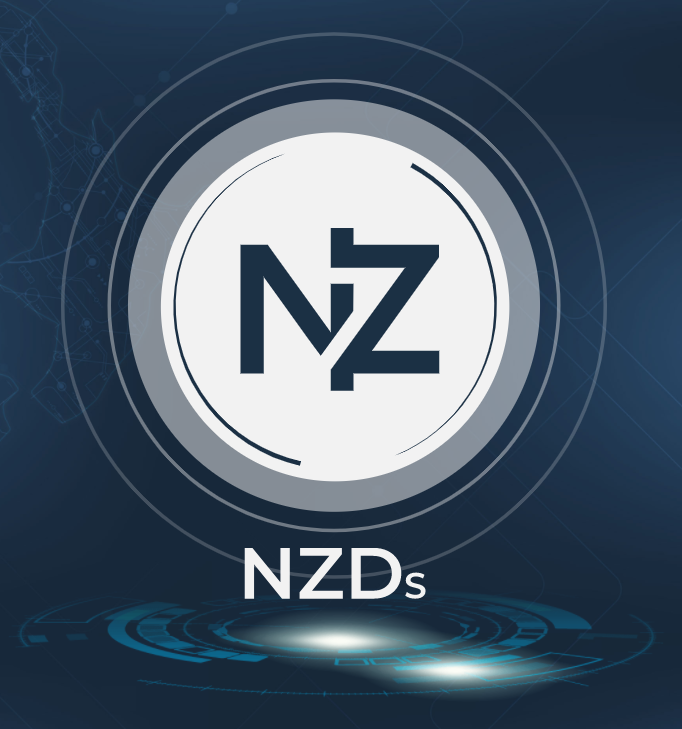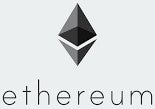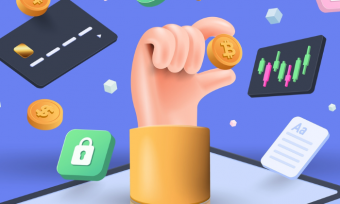While Adrian Orr, the Governor of the Reserve Bank of New Zealand, might not have announced it, New Zealand has a new currency. Well, at least its own new cryptocurrency. The “NZD” is a new crypto launched by digital asset company Techemynt. A stablecoin, NZDs are directly linked to the NZ dollar, one for one. And Techemynt is hoping they will become as popular and as widely traded as the trusty Kiwi dollar.
Cryptocurrency: What is a Stablecoin? In this article we cover:
What is a stablecoin?
Cryptocurrencies, such as Bitcoin, are only worth what people are willing to pay for them. The only real currency behind them is the cost of the hardware and electricity used to validate them online, the process called mining.
The crazy prices paid for Bitcoin have been criticised as a bubble, one driven purely by speculators. And it’s this crazy speculation on Bitcoin that leads to its huge volatility, around 4.5% on a daily basis, at time of writing.
Stablecoins are different, they are more like the money in your pocket. That cash is fiat currency, backed by a commodity such as gold. And stablecoins, in turn, are backed by that real currency.

Techemynt’s NZD is backed one-to-one with real NZ dollars. This means that for every one NZD of stablecoin that Techemynt issues, it holds cash, or cash equivalent assets (eg, treasury bills, bank term deposits), of the same value in a trust account.
This is what gives stablecoins their name. Because they’re linked to real currencies, their values are relatively stable, moving in line with global exchange rates.
The original stablecoin cryptocurrency, Tether, was launched in 2014. It is backed 1:1 with the US dollar. Other stablecoins include Stasis Euro, TrueAUD and TrueGBP.
Others with less easy to decipher names are linked to the Canadian, Hong Kong and Singaporean dollars, as well as the Chinese yuan and Swiss franc.
Why use a stablecoin?
A stablecoin offers all the benefits associated with a crypto currency’s lack of regulation and ease of trade, with none of the risks of volatility. If you’re investing in crypto and short-term trading on a regular basis, it’s a great place to park your money.
Instead of the fee-laden process of exchanging your crypto for hard currency, you can quickly and easily change your volatile crypto assets into a stablecoin, and know that they’re not going to suddenly plummet in value overnight. Your 1 Tether will still be worth US$1.
Can I buy Techemynt’s NZD?
As the New Zealand dollar is one of the most traded currencies in the world, Techemynt is hoping that its NZD stablecoin will follow suit, and become one of the most bought and sold stablecoins. Indeed, it’s Tether, rather than Bitcoin, that is the world’s most traded cryptocurrency, with US$30b+ of daily transactions.
If you want to buy into NZDs’ initial offer, you must have deep pockets, as you need to purchase $100k or more. However, Techemynt is partnering with crypto trading platform Dasset to allow people to buy and trade freely in future.
As NZD is linked to the NZ dollar, it will never offer returns out of line with regular forex trading. (Techemynt hopes to earn its money from generating returns on the cash it holds and in transaction fees). But if you are a regular crypto trader, NZD could be a great fallback between trades – a stablecoin in a sea of volatility.
As NZD is minted and exists on the Ethereum blockchain, you can keep track of its progress on the Etherscan website, which records Ethereum transactions. For more details, click here!
Serious about investing?
If you’re serious about investment and are looking for long-term returns, KiwiSaver is a great way to invest in your future, and to access investment know-how from industry professionals. To read more about Canstar’s expert KiwiSaver ratings and our 2020 KiwiSaver Scheme Provider Award click this link. Or to compare KiwiSaver providers, click on the button below.
Compare KiwiSaver providers for free with Canstar!
Enjoy reading this article?
Sign up to receive more news like this straight to your inbox.
By subscribing you agree to the Canstar Privacy Policy





Share this article